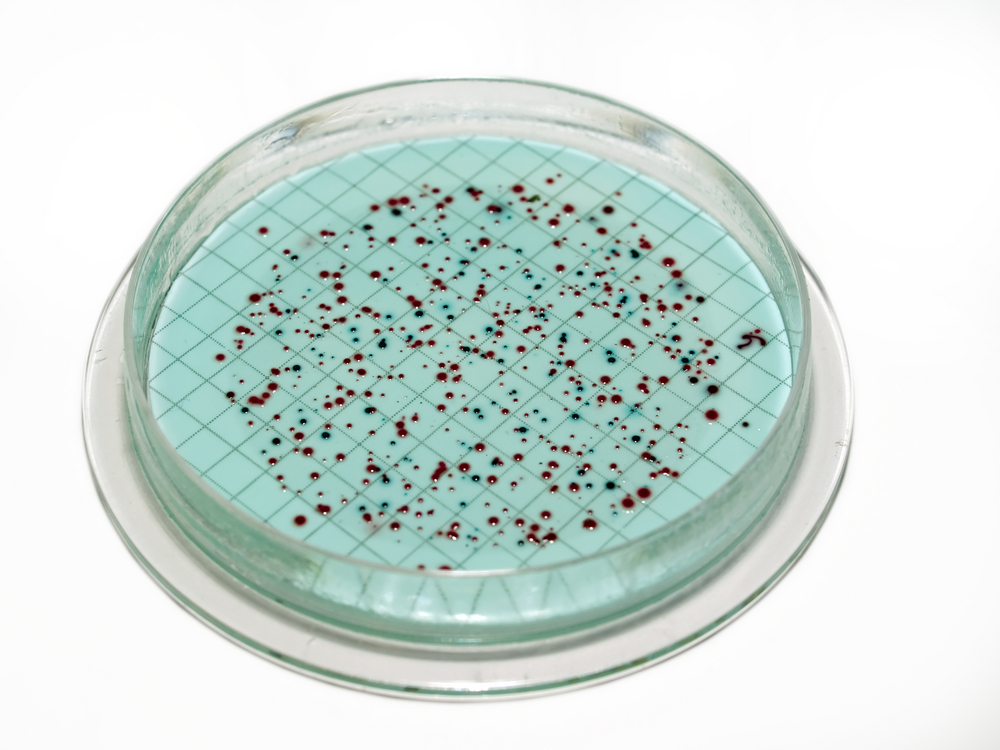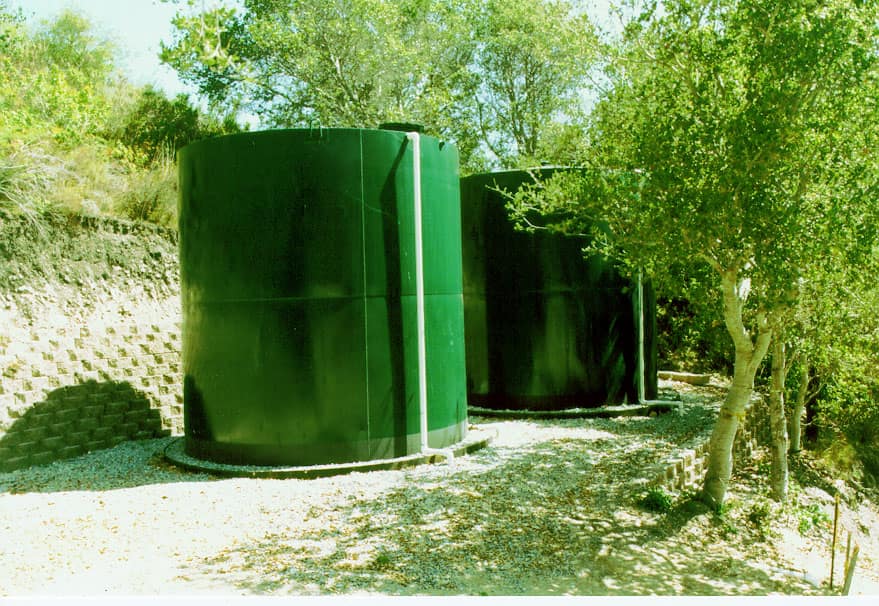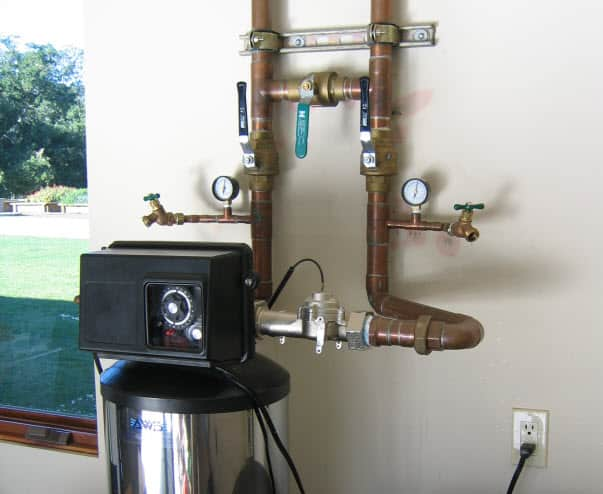Disinfect With Caution: Contaminants can Buildup in the Disinfection Process
Disinfecting your well water is a crucial step in ensuring you have clean drinking water for your household.
However, the disinfection process should be highly monitored and designed according to the needs of your system because contaminants can build up in the disinfection process if done irresponsibly. Some parasites have become very resistant to common drinking water disinfectants, including Cryptosporidium.
The U.S. Environmental Protection Agency (EPA) lists bromate, chlorite, haloacetic acids, and total trihalomethanes to be principal contaminants of groundwater as a result of disinfection procedures.
Cryptosporidium
Cryptosporidium is a parasite that can thrive in water. It can adapt to new environments quickly, including those of high chlorine concentrations. Shallow wells, lakes, ponds, and slow-moving rivers according to the Center for Disease Control are hot spots for Cryptosporidium.
Therefore water from these sources that is disinfected using chlorine may still have active parasite populations post-“disinfection.” An outer shell protects the parasite body from disinfecting agents that kill off other parasites. This allows Cryptosporidium to live in such harsh environments for long periods of time. Cryptosporidiosis is the name of the diarrheal disease that can develop in the intestines of humans as a result of exposure.
Removing Cryptosporidium is a fairly simple procedure. Reverse Osmosis filters can do the job. Reverses osmosis systems are quick to install and can fit under your kitchen sink or directly after your point of entry disinfection system.

Additionally, in a pinch, the parasites can also be killed off by boiling the water for at least 1 minute.
Bromate
Bromate is not generally naturally found in water, bromide is. When bromide is ozonated, usually for disinfection reasons, the bromide converts to bromate. Some studies show that the conversion of bromide to bromate increases with temperature.
Though bromate does not pose an immediate risk at the point of exposure, consumption in the long term can largely increase the risks of getting cancer. Levels of bromate in drinking water must be very large to have a significant health impact.
Chlorite
Chlorite forms as a result of the breakdown of chlorine dioxide, the main component of chlorine disinfection. Chlorite buildup in drinking water affects young children and pregnant women the most.
Nervous system effects are the most notable, though anemia is also a possible side effect of exposure to levels of chlorite above the maximum contaminant level (MCL) of 1.0 mg/L.
Haloacetic Acids and Total Trihalomethanes
These molecules form as the chlorine disinfectant reacts with the naturally occurring organic and inorganic matter in the water.
Exposure to these too, at only high enough concentrations, can have carcinogenic effects with long-term exposure. Trihalomethane long-term exposure can also cause liver, kidney, and central nervous system problems.
The sources for the information in this post include U.S. Center for Disease Control and Prevention, the U.S. Environmental Protection Agency, and the World Health Organization.
Our water specialists are trained to advise you in determining how to disinfect while reducing the possibility of the buildup of these contaminants in your water supply. We can be contacted at support@cleanwaterstore.com, through our website, or on our Facebook page.















